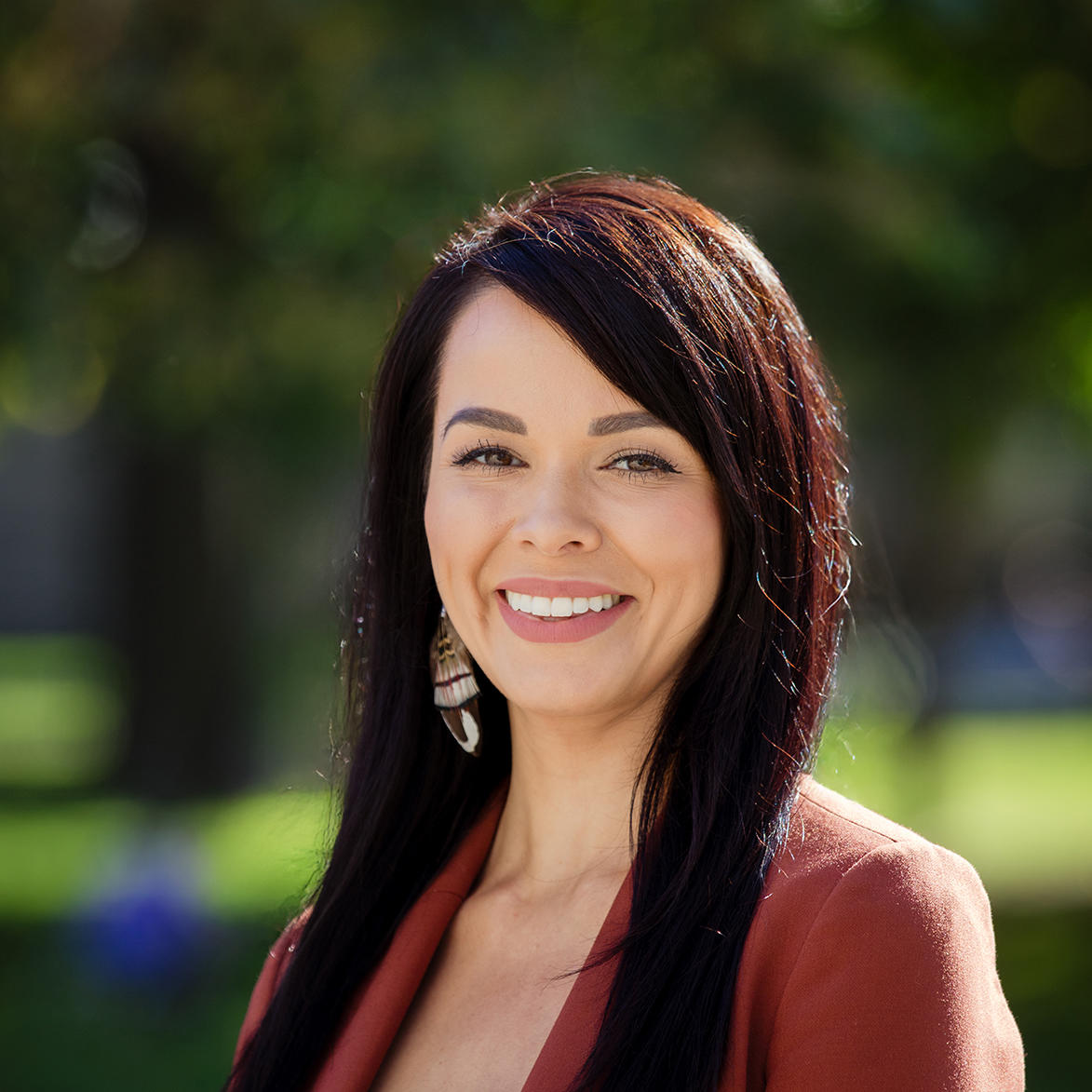At the University of Ottawa, Hoop Three of the 2025–2030 Indigenous Action Plan focuses on transforming our physical spaces for both Indigenous and non-Indigenous members of the community. It calls for visible, sensory and symbolic changes to the physical environment that affirm the University’s location on unceded Algonquin territory and make Indigenous presence felt, seen and respected.
Through art, architecture, language, food and gardens, these changes encourage engagement with Indigenous worldviews. They offer a continual reminder of whose land we’re on and what it means to share it in a meaningful way.
This article continues our four-part series exploring uOttawa’s new Indigenous Action Plan, one hoop at a time.
Shaping a visible Indigenous presence on campus
The changes sparked by Hoop Three are already reshaping how people interact with the space. Indigenous languages have begun appearing on building signage, and a proposed policy promotes trilingual signage—in Algonquin, French and English—across campus. Large-scale murals and commissioned artworks, including a sculpture by David General in front of the main administration building, are visible in prominent locations. Exterior spaces have been renamed, welcome signs have been updated, and the flags of Algonquin nations have been raised at major events. The Algonquin name Kichi Mìkàns will be added to that of the Grande Allée, a pedestrian walkway that crosses the campus.
“These changes are part of what I call passive engagement,” says Tareyn Johnson.

“People don’t have to attend an event or register for something—they just walk through campus and experience Indigenous worldviews. That everyday exposure is meaningful.”
Tareyn Johnson
— uOttawa’s director of Indigenous Affairs
These affirmations of Indigenous expression serve a dual purpose: they make Indigenous students and staff feel seen and supported, and they encourage all members of the University community to engage with the land’s history and ongoing significance. For many, the transformation of space has begun to challenge the assumed neutrality of institutional architecture.
Embedding Indigenous presence through policy and process
The physical changes across campus are guided by intentional policy and long-term collaboration. A new infrastructure policy at uOttawa ensures that Indigenous engagement is part of every step of the process. From the early planning phase to implementation, Facilities works alongside Indigenous architects, designers and Knowledge Keepers.
“We now have a proactive model,” says Johnson. “It’s not just about getting feedback after something is designed. Indigenous input shapes the vision from the very beginning.”
This approach ensures continuity, even as teams or leadership change. It also builds long-term capacity within the University. Members of the Facilities team have received training in Indigenous design principles, and the Office of Indigenous Affairs is consulted on all major construction and renewal projects.
Behind each initiative is a team of architects, designers, staff members and consultants, many of whom are Indigenous or bring lived experience and deep community ties. Their collaborative efforts are transforming not just buildings, but also how uOttawa defines a welcoming and inclusive environment.
Indigenous food as an expression of identity
Food nourishes more than the body; it tells stories, carries memory and connects people to place. An Indigenous culinary presence is steadily growing at uOttawa as another expression of Hoop Three’s broader goal: to make Indigenous worldviews part of daily life.
Bison, wild rice and other traditional foods are increasingly available as regular menu options. “It’s about integrating Indigenous foodways into the everyday experience of students, staff, and faculty members,” says Johnson. “No registration, no special programming, only your presence.”
These transformations show how approaching physical space with care and intention can honour Indigenous identity, culture and knowledge and in doing so, reshape everyday experiences to foster a stronger sense of belonging. As this work continues, Hoop Three reminds us that meaningful change is already unfolding around us.


